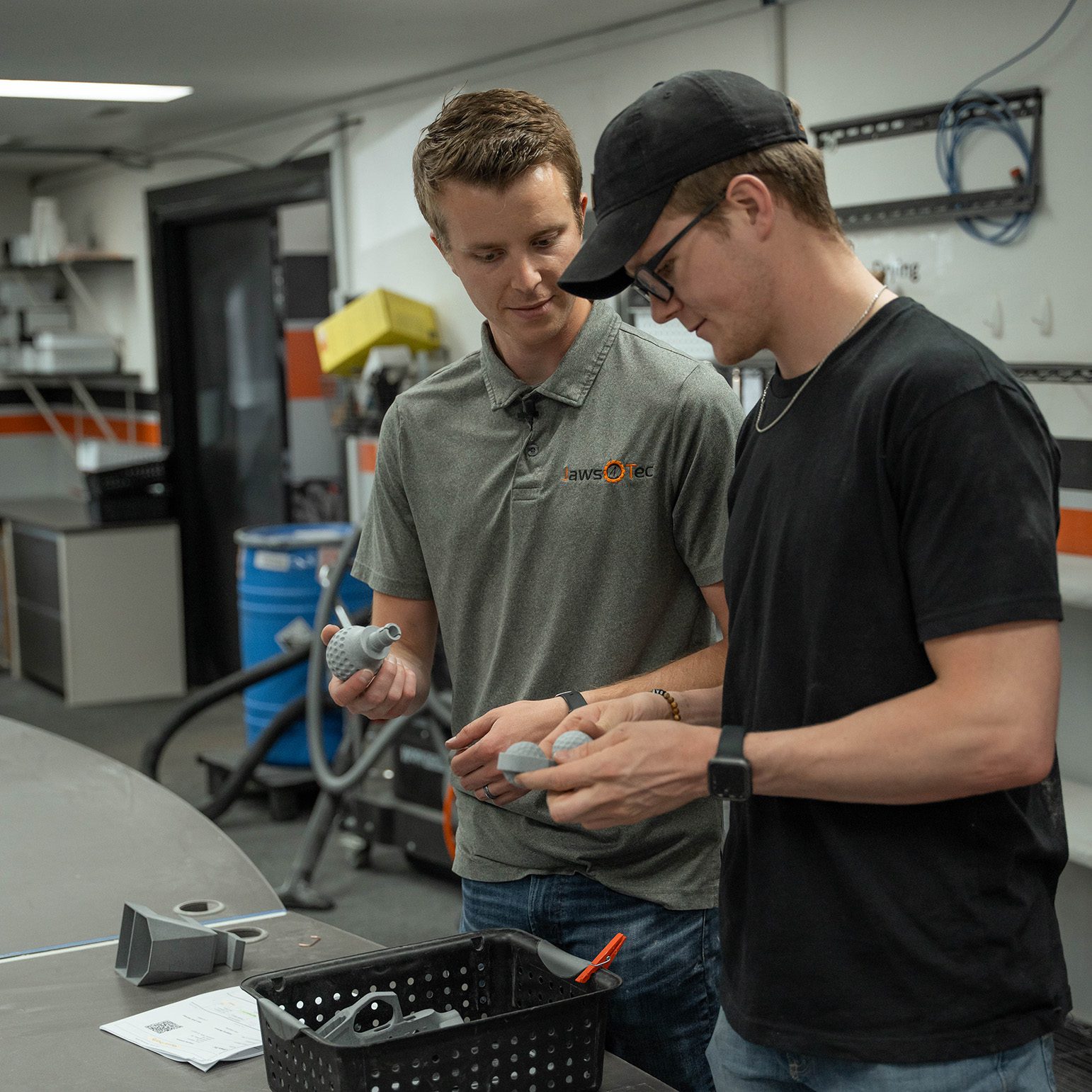Introduction to 3D Printing Services
In recent years, the world has witnessed a revolutionary leap in manufacturing technology with the advent of 3D printing services. Also known as additive manufacturing, 3D printing involves creating three-dimensional objects layer by layer from a digital model. But what exactly do 3D printing service businesses do, and how are they shaping industries?
Evolution of 3D Printing Technology
To understand the current landscape of 3D printing services, it’s essential to explore the evolution of the technology. Initially developed for rapid prototyping, 3D printing has now grown into a versatile tool used across various sectors, changing the way products are conceptualized and brought to life.
Applications of 3D Printing in Various Industries
Healthcare
One of the significant contributions of 3D printing services is seen in the healthcare industry. From creating patient-specific implants to printing intricate anatomical models for surgical preparation, 3D printing has transformed the landscape of medical practices.
Aerospace
In the aerospace sector, 3D printing is instrumental in producing lightweight yet robust components, enhancing fuel efficiency, and reducing overall costs. The ability to create complex geometries has opened new possibilities in aircraft design and manufacturing.
Automotive
3D printing is revolutionizing the automotive industry by enabling the production of custom parts and components. This not only accelerates the prototyping phase but also allows for the creation of lightweight, high-performance parts.
The Role of 3D Printing Services in Prototyping
One of the primary functions of 3D printing service businesses is aiding companies in prototyping. Rapid prototyping allows businesses to visualize and test their concepts quickly, reducing time-to-market and facilitating an iterative design process.
Customization and Personalization with 3D Printing
The ability to customize products according to individual preferences is a game-changer. 3D printing services empower businesses to offer personalized items, from consumer goods to medical devices, meeting the unique needs and desires of customers.
Sustainability and Environmental Impact
As the world becomes more conscious of environmental issues, 3D printing services are gaining popularity for their sustainable practices. The technology minimizes waste, as it only uses the material required for the object, contributing to a greener manufacturing process.
Advantages and Limitations of 3D Printing Services
Advantages
- Quick Prototyping
- Customization
- Cost-effectiveness for Small Production Runs
Limitations
- Material Limitations
- Post-Processing Challenges
- Limited Production Speed for Mass Production
Cost-effectiveness and Efficiency
3D printing services offer cost-effective solutions, especially for small-scale production. The efficiency of the process ensures that resources are utilized optimally, reducing overall manufacturing costs.
Materials Used in 3D Printing
Understanding the materials used is crucial in comprehending the capabilities of 3D printing. From plastics and metals to ceramics and composites, the variety of materials available allows for a wide range of applications.
EOS Polymer 3D Printing Materials
EOS, a leading provider of industrial 3D printing solutions, offers a range of polymer materials suitable for diverse applications. These include:
- PA2200: It is a high-quality nylon 12 material that is great for most 3D printing applications.
- PrimePart ST: A high-performance stereolithography material with excellent detail resolution.
- PrimePart FR: Flame-retardant material suitable for applications with strict safety requirements.
HP Multi Jet Fusion Technology
HP’s Multi Jet Fusion technology is another breakthrough in polymer 3D printing. HP’s 3D printers utilize materials like:
- PA 12 (Nylon): Known for its durability and flexibility, it is ideal for functional prototypes and end-use parts.
- PA 11 (Polyamide): A bio-based material with high impact resistance, suitable for various applications.
- TPA (Thermoplastic Amide Elastomer): Delivering rubber-like flexibility, perfect for producing prototypes with soft-touch features.
Quality Assurance in 3D Printing
Ensuring the quality of 3D-printed objects is paramount. 3D printing service businesses implement rigorous quality control measures to guarantee the precision and durability of the items they produce.
Future Trends in 3D Printing Services
The future holds exciting possibilities for 3D printing services, with advancements such as bioprinting, large-scale construction printing, and the integration of artificial intelligence in the printing process.
Choosing the Right 3D Printing Service Provider
Selecting the right 3D printing service provider is critical for successful projects. Factors such as expertise, technology capabilities, and a proven track record should be considered when making this decision.
Case Studies: Successful Implementations of 3D Printing
Examining real-world case studies showcases the diverse applications of 3D printing services. From creating intricate jewelry to producing complex industrial components, the success stories highlight the versatility of the technology.
Challenges Faced by 3D Printing Service Businesses
Despite its numerous benefits, 3D printing services encounter challenges such as intellectual property concerns, regulatory hurdles, and the need for continuous technological advancements to stay competitive.
Conclusion
In conclusion, 3D printing service businesses play a pivotal role in transforming industries by offering innovative solutions in manufacturing and design. The ability to customize, reduce costs, and contribute to sustainability makes 3D printing a key player in the future of manufacturing.
FAQs
- How does 3D printing contribute to sustainability?
- 3D printing minimizes waste by using only the required materials for production, reducing the environmental impact compared to traditional manufacturing processes.
- What industries benefit the most from 3D printing services?
- Industries such as healthcare, aerospace, and automotive benefit significantly from 3D printing services due to the technology’s versatility and customization capabilities.
- Can 3D printing be used for mass production?
- While 3D printing is efficient for small-scale production, challenges like limited production speed and material constraints make it less suitable for mass production compared to traditional methods.
- How do 3D printing service providers ensure quality?
- 3D printing service providers implement stringent quality control measures, including testing and inspection, to ensure the precision and durability of printed objects.
- What is the future outlook for 3D printing services?
- The future of 3D printing services holds promise with trends like bioprinting, large-scale construction printing, and the integration of artificial intelligence, opening new possibilities in manufacturing.

0 Comments